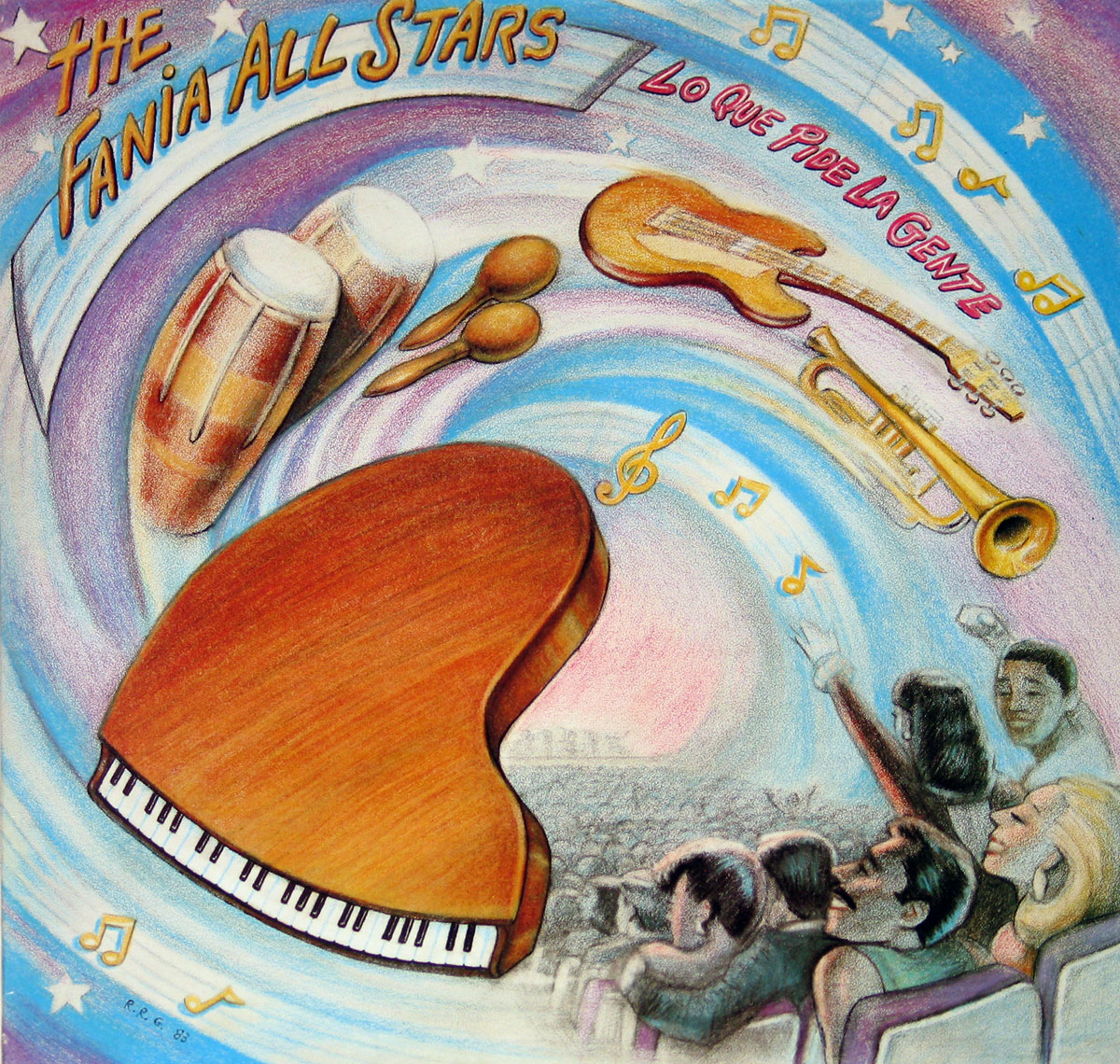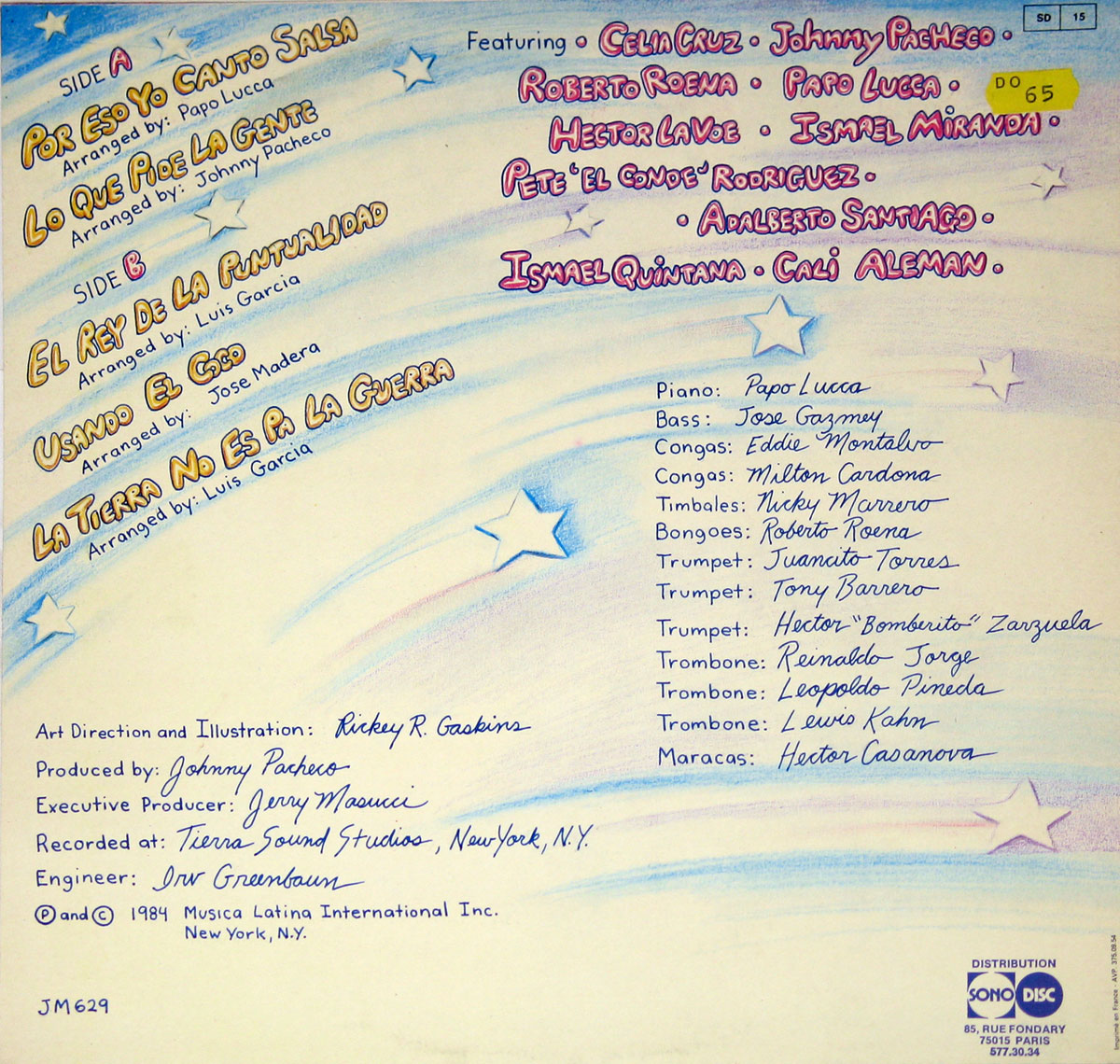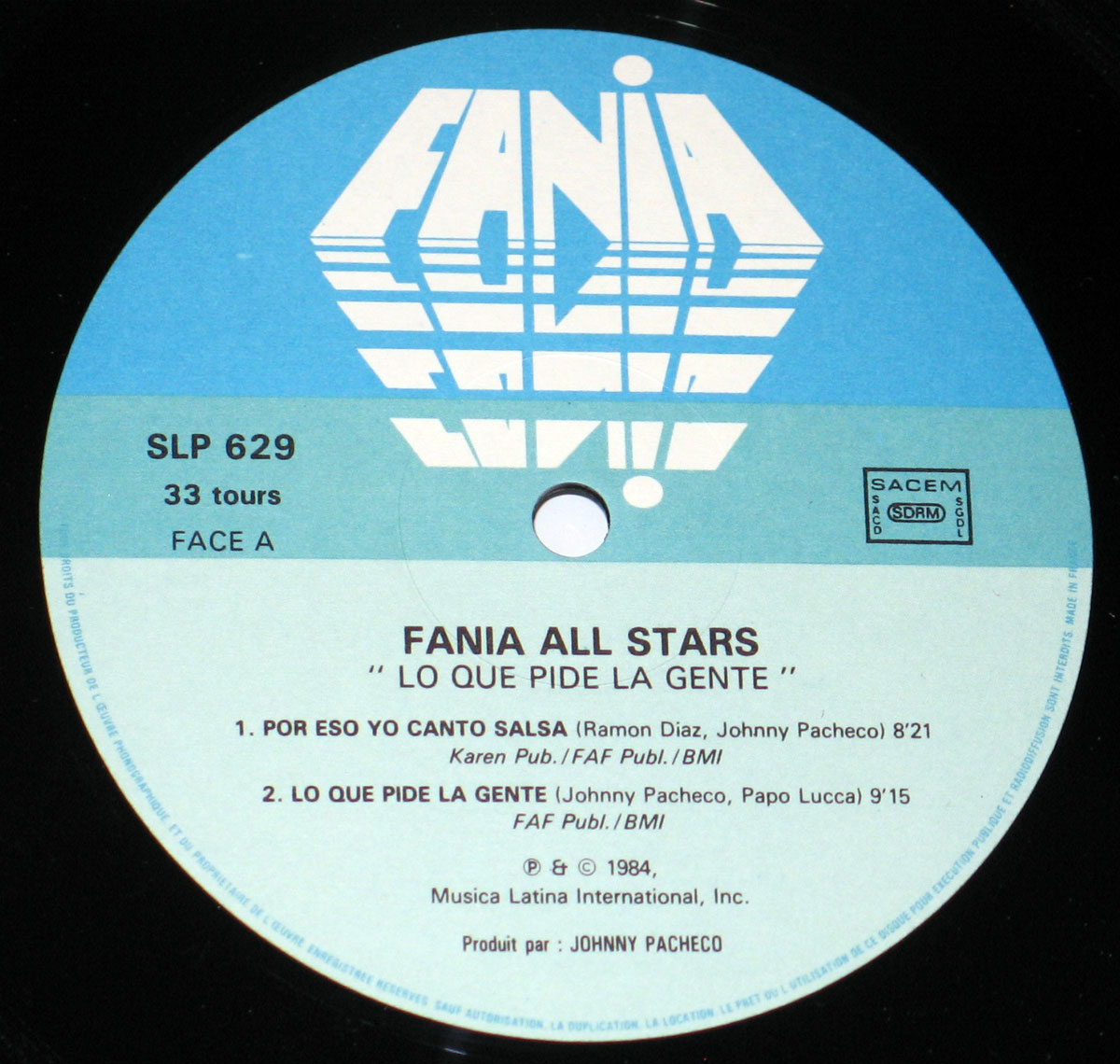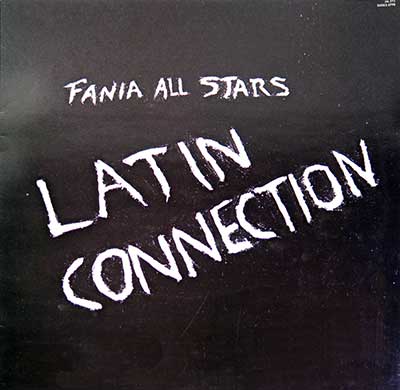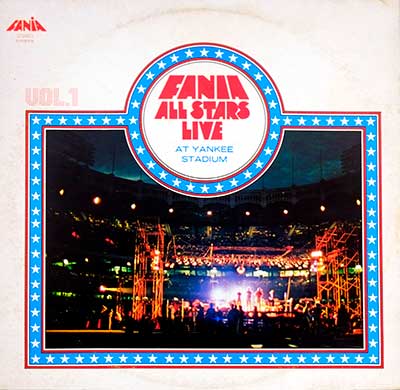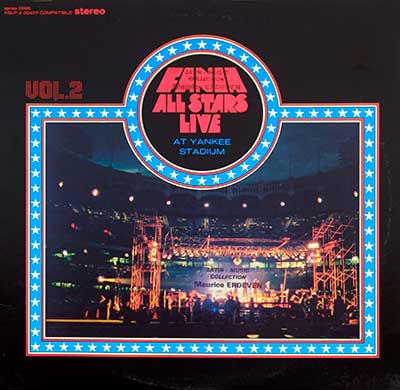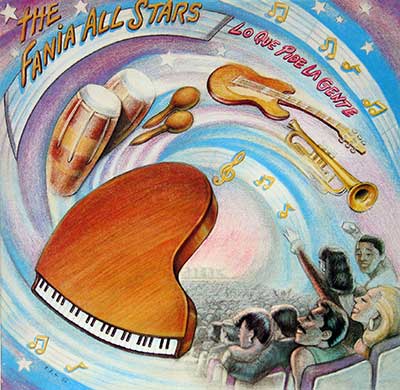"Lo Que Pide La Gente Album Description:
Introduction
Delve into the vibrant energ’a of Lo Que Pide La Gente (1984), the dŽcimo studio album by the legendary Fania All-StarsÑan ensemble that defined salsaÕs golden age. This release arrives at a fascinating crossroads in Latin music history, offering a spirited reaffirmation of salsaÕs ra’ces amid changing global tastes. ItÕs puro fuego from start to finish, un disco that keeps the coraz—n caliente.
Historical Context
By 1984, salsaÕs 1970s heyday had waned. The gŽneroÑonce led by Fania RecordsÑfaced stiff competition from emergent styles such as cumbia, merengue, and salsa rom‡ntica. Yet Fania, though past its commercial peak, kept la llama burning with undiminished pasi—n and artistic conviction.
Globally, the early 1980s were marked by Cold War tensions and cambios pol’ticos in Latin America. Musically, this was also the era of globalization in pop, rock, and jazz-fusion, encouraging salsa to adapt, to stay caliente, and reassert itself with authenticity.
The Salsa Genre and Its Peers in 1984
Salsa, with roots in Afro-Caribbean traditions and jazz, had blossomed in New York City through FaniaÕs visi—n. By the 1980s, salsa was diversifyingÑrom‡ntica leaned toward smoother, melodramatic baladas, while merengue and cumbia filled dance floors. Still, groups like Grupo Niche, Eddie Santiago, and El Gran Combo kept the fuego alive. Fania All-Stars, however, remained the big band de referencia, uniendo talento with cultural and political resonance.
Musical Exploration in Lo Que Pide La Gente
This album explodes with energ’a. Brass-driven riffs, layered percusi—n, and soulful vocals make every track caliente. ÒEl Rey de la PuntualidadÓ stands out as a cheeky, tongue-in-cheek nod to HŽctor LavoeÕs fama for lateness. Songs like ÒPor Eso Yo Canto SalsaÓ and the fiery title track stretch into extended grooves, giving espacio for improvisaci—n and solos en fuego. Montunos on piano, driving claves, and blazing horn charts bring back salsaÕs classic sabor with just enough twist to keep it picante.
Key Figures Behind the Recording
- Johnny Pacheco, co-founder of Fania and maestro flautista, produced the album, keeping the groove caliente and true to la esencia.
- Jerry Masucci, his socio and co-founder, handled production and label direction.
- Voces estelares like Celia Cruz, HŽctor Lavoe, Ismael Miranda, Pete ÒEl CondeÓ Rodr’guez, Adalberto Santiago, Ismael Quintana, and Cali Aleman each brought their unique fuego to the session.
- Arrangers Papo Lucca, Luis Garcia, and Jose Madera built lush orchestrations, giving the album both ritmo caliente and musical sophistication.
Band History & Line-Up Evolution
Formed in 1968 as a supergrupo de salsa, the Fania All-Stars showcased the crme de la crme of New YorkÕs Latin scene. Legendary concerts like the Cheetah Club in 1971 and Yankee Stadium in 1973 spread the fuego worldwide. Over the years, line-ups shiftedÑnuevas voces joined, some veteranos leftÑbut the esencia stayed intact, siempre bringing the energy and sabor to la gente.
Any Controversies at Release
While the album didnÕt cause grandes esc‡ndalos, its timing was symbolic. In an era leaning toward salsa rom‡ntica and merengue, dropping a hardcore salsa LP was a bold, caliente move. The humorous nod to LavoeÕs punctuality (or falta de) in ÒEl Rey de la PuntualidadÓ touched on personal struggles, but did so with cari–o, keeping it light instead of polŽmico.
Conclusion
Lo Que Pide La Gente is puro fuegoÑa reminder that salsa was, and remains, mœsica caliente para el alma. With its all-star line-up, seasoned producci—n, and grooves built to keep you dancing, the album delivered exactamente what the people asked for: sabor, pasi—n, and energy that still burns bright.
ÀQuieres m‡s ritmo? Ponle play and feel the fuego.
